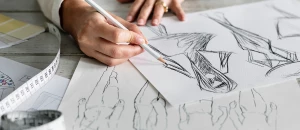For this Masterclass, we dive into the key sustainability questions surrounding denim, look at the amazing steps being taken by innovators across the industry today to reduce denim's environmental impact, and offer practical tips and advice for making responsible choices when working with denim. Including topics ranging from navigating trends as a sustainable brand, lease models for jeans, recycled denim, and adaptive design, you'll find all you need to understand this ubiquitous fabric.
From choosing the cotton fibres that constitute your denim, to the dyeing and finishing processes that give denim its desirable qualities, to navigating the end-of-life of denim goods, brands and designers face a whole host of challenges in finding responsible ways to work with denim that don't involve excessive water consumption or the use of harmful chemicals.
In this Masterclass, you will learn:
- How denim is made, from the cotton fibre to the production of the fabric, and the different variations of denim available on the market
- How jeans are manufactured and the key aspects of their production that impact the environment
- About the environmental impact of denim, including the issues surrounding water consumption, use of harmful chemicals, and the end of life of denim garments
- The key trends designers and brands are paying attention to right now
- How to implement circularity into denim production and sales
- About the process of denim dyeing, and sustainable approaches to fixing the toxicity of it
- What finishing and laundry processes are involved with denim garment production, their environmental impacts and environmentally-friendly alternatives
- What adaptive design means in relation to denim garments and how to embrace adaptive design methods in your collection
-
What Is Denim?
with Stephanie SteeleRead More...Summary
Before you get started in designing your denim garments, whether for a solely denim label or just as a few pieces, you really ought to understand what denim is. This will help you in sourcing, in working with factories and feeling confident that your product will meet your customers' expectation.
-
How Are Jeans Made?
with Stephanie SteeleRead More...Summary
Now that you have mastered what denim fabric is, you might be starting to design your silhouette. But what makes a staple pair of jeans that your customer will want to use everyday? In this lesson we look at the basic construction of a five-pocket jean and some links to external lessons from Transformers Education where you can learn more about research, understanding your customer, creating tech packs and what quality design actually is.
Thumbnail image: Blackhorse Lane Ateliers
-
Sustainable Denim Trends
with Sylvia RancaniRead More...Summary
Sylvia Rancani is the founder of The Denim Window™, a 360˚ showroom based in Amsterdam, that will help you experience what it takes to produce sustainable denim garments. In this bitesize 12-minute lesson, learn from Sylvia's insight on how trends play a role in both understanding your customer and understanding industry innovations, in order to produce garments that will sell.
The Denim Window™ selects premium denim companies each with a unique category, to showcase all of the steps involved in producing a denim garment: from fibre producers and fabric mills, chemical suppliers for your laundry and finishing, to garment makers and trims suppliers. The intention is to give visibility to producers, and engrain transparency in what is a complex sector of the textiles and fashion industries.
So what knowledge can you glean from Sylvia on the current denim industry, and where you as a sustainable fashion designer fit within it?
-
Sustainable Approaches To Denim Dyeing
with Stephanie SteeleRead More...Summary
Harmful chemicals are used in the cotton dyeing process, for example, carcinogens in the form of azo dyes. There is the addition of cleaning, washing and sizing agents within this process that also increases the water and energy consumption, along with harmful substances that are washed away. In this lesson we look at the traditional approaches to denim dyeing to give you an underpinning of the processes, before moving on to the sustainable approaches now in use in denim production today.
-
Environmentally Friendly Denim Laundry Technologies
with Stephanie SteeleRead More...Summary
The finishing and washing stages of denim garment production, are arguably where your item comes alive. This is where the design elements you envisioned become 3D on the fabric surface. Processes such as stonewashing, sandblasting, sanforization... whether you are a sustainable fashion brand or not, it is likely you will have considered these ubiquitous denim looks for your design. They are what customers want to see. Or do they?
According to Good On You, 2 billion pairs of jeans are produced worldwide each year. As the current world population is 7.9 billion, and not all of those people choose or have access to new denim, where are all of those pairs going? The problem for this lesson does not necessarily lie, however, in how many jeans are being produced, but the potentially unnecessary production processes in response to brand demands that make those figures even less palatable.
One pair of Levi jeans requires 3781 liters of water to produce, and over 10% of the world’s population is currently deprived of access to clean drinking water. The hardest hitting bit, is that it is the driest countries - e.g. Pakistan - that produce cotton for the denim products. There are debates over the water consumption data when fibres such as recycled or organic cotton is used instead of conventional virgin. Yet, the denim laundry stage is water and energy intensive enough that the industry is now reviewing its technologies.
In this 28 minute lesson we give you a rundown of the existing traditional finishing and washing processes, along with newer environmentally (and people)-friendly technologies, so that you are more equipped when designing, and then when communicating with and visiting factories.
Thumbnail image: Saitex laser finishing by Whitney Bauck for Fashionista
-
How To Conduct Good Research
with Malin EkengrenRead More...Summary
Malin Ekengren is a denim specialist with years of experience designing for well-renowned denim brands, including Levi Strauss & Co. In this bitesize 7 minute lesson, Malin takes you through how to conduct good research so that your product is rooted in the past, but innovates for the future. Though Malin has a background in denim, this advice is applicable to all product design research.
This webinar was edited and renamed with permission by Transformers Foundation, where this presentation originally aired as part of TransformersED, and by Malin Ekengren themself.
Thumbnail image: from Malin's presentation
Interviews
I Am Denim: Designing Jeans For Adaptability
Thursday Apr 1st, 2021
MUD Jeans: Designing Denim For Circularity
Thursday Apr 1st, 2021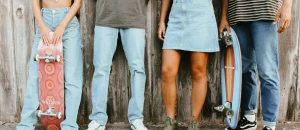
Outland Denim: Denim To End Poverty
Tuesday Jun 1st, 2021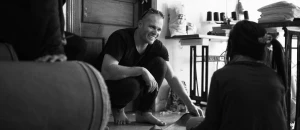
Technical Tutorials
Sustainable Denim Production
Friday Feb 1st, 2019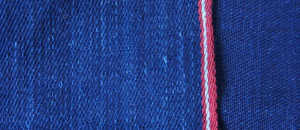
Denim Production Myth-Busting
Tuesday Feb 1st, 2022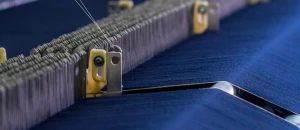
Follow On Masterclasses:
Additional Reading
Spring Summer 2022 Colour And Material Trends: Premiére Vision
Monday Feb 22nd, 2021
What's In Your Mending Pile This Winter?
Tuesday Oct 27th, 2020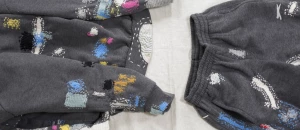
Say Yes to Second Hand September with Oxfam
Monday Sep 7th, 2020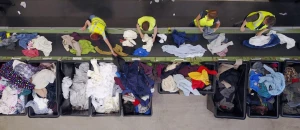
In Conversation With Bundle 'n Joy: Possibly the First Ever Maternity Clothes Rental Scheme
Tuesday Aug 4th, 2020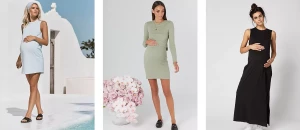
What can you make with our Recycled Polyester Satin fabrics?
Wednesday Jul 1st, 2020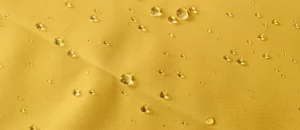
Material innovations in the sustainable cellulosic fibre realm
Thursday May 7th, 2020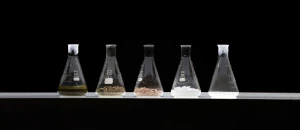
What is Fast Fashion and Why Is It Still So Popular?
Monday Jan 20th, 2020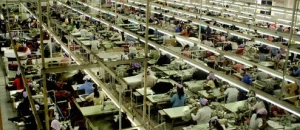
Eco producers, manufacturers and innovators at Première Vision September 2019
Monday Sep 30th, 2019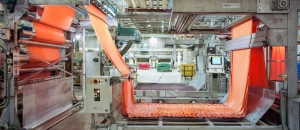
Tips for attending fabric trade shows like Première Vision
Monday Sep 30th, 2019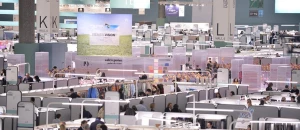
The sustainable brands redefining luxury with made-to-order business models
Monday Sep 16th, 2019